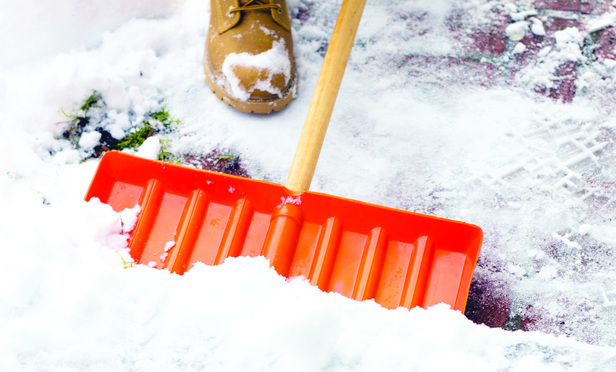The snow and ice conditions that are part and parcel of any New York winter often come with an increase in slip and fall accidents. For property owners, ’tis the season—to balance running their businesses with the real challenges of keeping their premises safe.
This article will outline and discuss the general principles of liability relating to snow and ice conditions that can develop for property owners. It will also discuss some of the more common defenses that can relieve a retail owner of liability. Its ultimate goal, however, is not to teach retailers how to shirk liability for accidents that occur on their property. Instead, by understanding how liability for snow and ice works, property owners can take a more proactive approach to keeping their property clear of potentially dangerous conditions and hopefully minimize the number of accidents. By knowing what they are responsible for—and when they are responsible for it—property owners will be in a better position to reduce their liability should they face legal action for a snow- or ice-related accident on their property.
Timing of a Personal Injury Lawsuit
This content has been archived. It is available through our partners, LexisNexis® and Bloomberg Law.
To view this content, please continue to their sites.
Not a Lexis Subscriber?
Subscribe Now
Not a Bloomberg Law Subscriber?
Subscribe Now
LexisNexis® and Bloomberg Law are third party online distributors of the broad collection of current and archived versions of ALM's legal news publications. LexisNexis® and Bloomberg Law customers are able to access and use ALM's content, including content from the National Law Journal, The American Lawyer, Legaltech News, The New York Law Journal, and Corporate Counsel, as well as other sources of legal information.
For questions call 1-877-256-2472 or contact us at [email protected]



